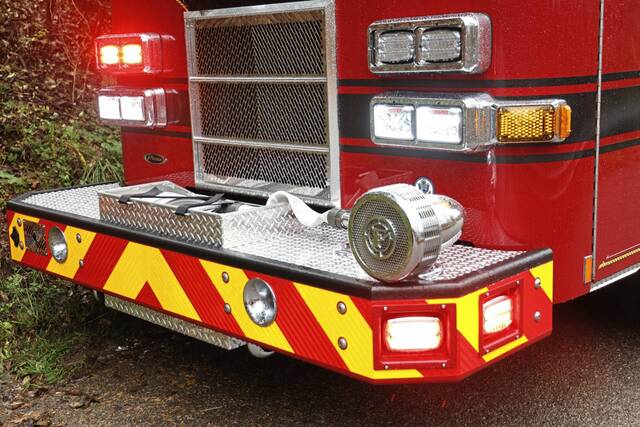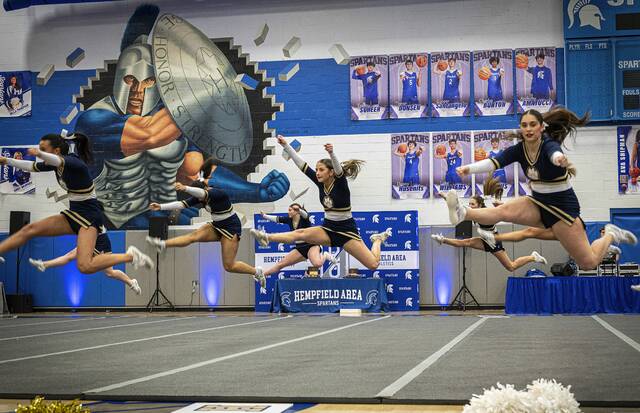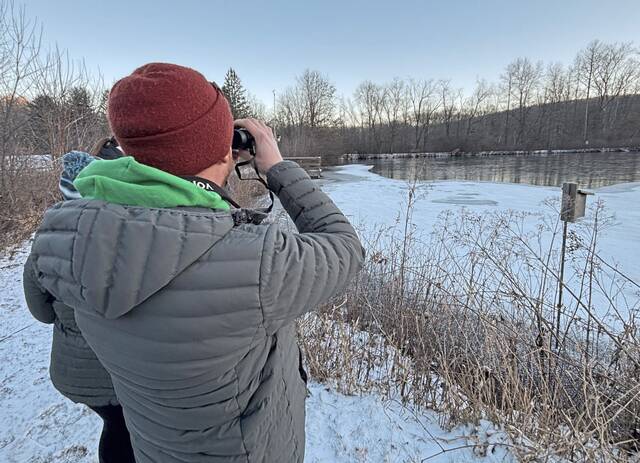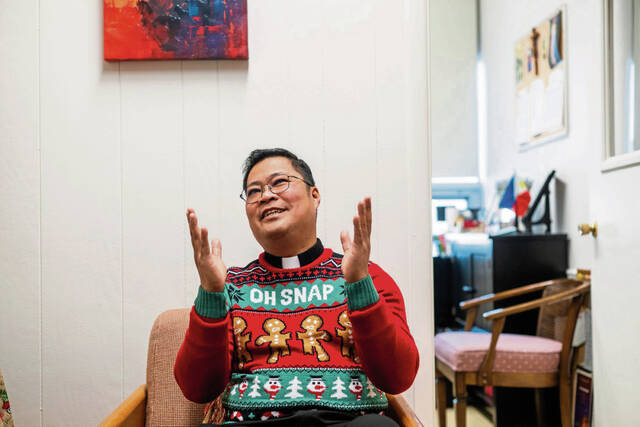Editor’s note: Neighbor Spotlight is a monthly feature that aims to let our readers learn more about the people in their communities who are working to make them a better place, who have interesting stories to tell or who the community feels deserve “15 minutes of fame.” If you would like to nominate someone as a Neighbor Spotlight, see murrysvillestar.com, select the “Post Story” button in the upper right corner and complete the form to publish your nomination. Questions? Email Neighborhood News Network editor Katie Green at kgreen@triblive.com.
Murrysville residents have been reaching for the literal stars during the past year.
Local company Software Design Solutions is helping to test system controls for an unmanned lunar landing mission, a group of Franklin Regional second-graders designed clothing that could someday be worn by NASA astronauts, and now a Murrysville native is working on an atomic microscope and a design that could one day be used on the surface of another planet.
Tiffany Jolayemi, 20, is one of seven Slippery Rock University students working with assistant physics and engineering professor Sagar Bhandari to develop a portable cryogenic atomic-force microscope intended to analyze particles on interplanetary surfaces.
“There are two focus points in our research, the electrical design and the mechanical design of the microscope,” said Jolayemi, who is pursuing a degree in industrial and systems engineering. She is in Bhandari’s electrical engineering class and jumped at the chance to help out with the project.
“The $25,000 grant from NASA really caught my attention,” she said. “Myself and two other students, Sara Danowski and Charleigh Rondeau, work together on the mechanical design using (computer-aided design) software and a 3D printer to create our prototypes.”
Bhandari said a portable microscope is needed for NASA missions because it’s much more difficult and expensive to have a spacecraft retrieve samples from space to bring back to Earth and analyze under a big microscope.
“There is a need for having a compact tool that you can send to these planets,” he said. “This microscope will allow research scientists to scan over the surface to see what the structure of the soil is like down to a few nanometers of resolution. This will give scientists a better understanding of the physical and chemical properties of the soil there and maybe that will shed some light on the origin of a place like Mars and explain its current state.”
Jolayemi said one of the largest challenges is, ironically, the microscope’s size: it can’t be larger than 4-by-4 inches.
“At first, it was difficult to conceptualize a design that small,” she said. “All the pieces have to be measured in millimeters, which isn’t an everyday type of unit.”
The other challenge is that the microscope must withstand potential temperatures of minus-320 degrees Fahrenheit.
“That means certain materials like plastic can’t be used, and we have to be careful about metals contracting in the cold,” Jolayemi said.
The group has a cryostat machine in its lab, which allows them to test prototype designs within a low-temperature vacuum, mimicking the conditions in space.
Bhandari said it’s rare for undergraduate students to work on this type of a project.
“This research is complex because you need to find the right recipe to build this tool and have the microscope function properly, both mechanically and electrically, in extreme temperatures and without gravity,” he said.
The exact microscope that the SRU researchers are building won’t necessarily end up on a space shuttle anytime soon, but the project could spur further research by others through open-source sharing, thereby benefiting the entire scientific community.
“NASA continues to send more robots to Mars to study the surface, and they could learn from our design,” Bhandari said. “Even if NASA doesn’t use our equipment, other researchers can use our design to build a low-cost, atomic force microscope that works at low temperatures and low vacuum.”
Jolayemi said she is excited about the opportunities that could arise from her participation in the project.
“We’re gaining valuable skills within engineering, and we get to learn about, and use, cool and expensive pieces of machinery that people don’t have everyday access to,” she said.










